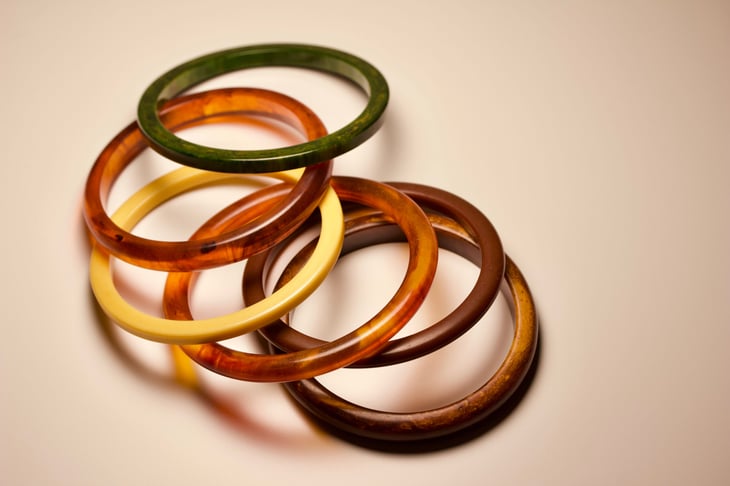
Shopping thrift stores, flea markets and estate sales can be overwhelming. With the sheer volume of stuff, how do you know where to start? How do you spot gems amid all the junk?
As a professional reseller who has been combing through thrift stores for the better part of 30 years, I can help. If you’re ready to cut your shopping time in half, score bigger bargains or walk away with brag-worthy finds you can flip for cash, read on.
From hard-to-find household items to resale money-makers, everything featured in my “Thrift Shop Like a Pro” series qualifies as a BOLO (“be on the lookout” for) item. When you find it, buy it!
Read on to learn about this month’s featured find.
Featured find: Bakelite
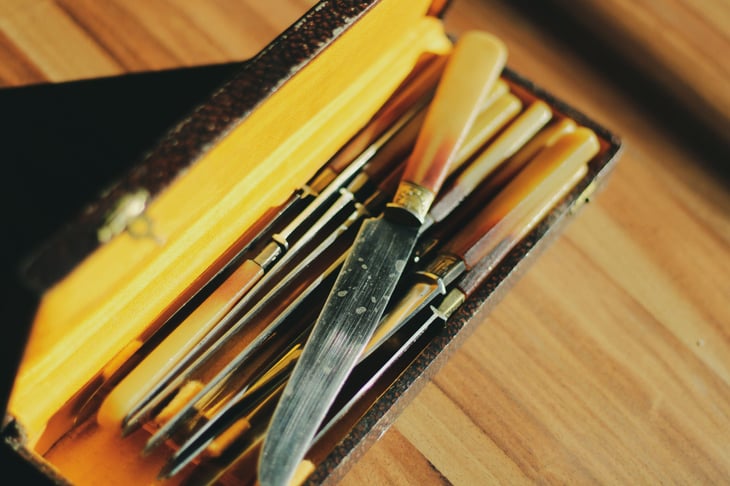
This month’s featured find isn’t a single item, but a material used to make many items — Bakelite. Invented in 1907 by chemist Leo Baekeland, Bakelite was the first synthetic plastic. Its development paved the way for the modern plastics industry.
Because Bakelite was moldable, heat-resistant and relatively lightweight, it was used to make a variety of industrial and household products.
First publicly announced in 1909, its popularity coincided with the early Art Deco period, and many items made of Bakelite reflect the sleek lines and stylistic cues of the time.
Today, Baekeland’s namesake product is prized by collectors and designers around the world. The most sought-after items include:
- Costume jewelry
- Drawer pulls and knobs
- Game pieces
- Kitchen utensil and flatware handles
- Buttons
- Clock and radio casements
Why buy it?
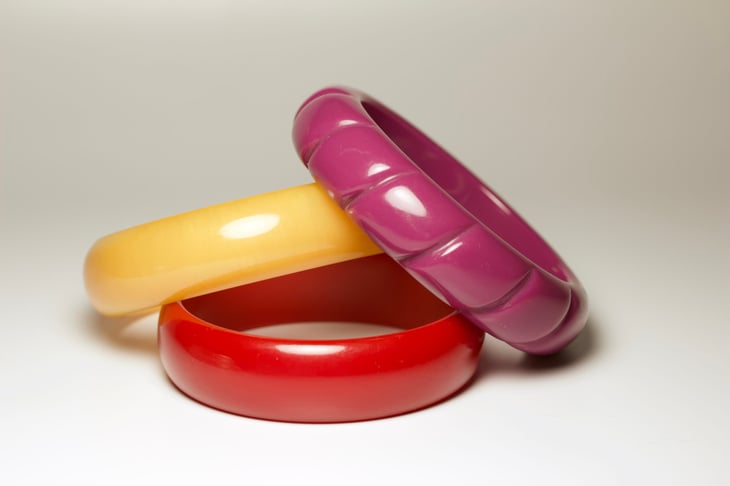
If you’re not an Art Deco enthusiast or jewelry lover, there’s another compelling reason to buy Bakelite — resale value.
Because it’s easily mistaken for modern plastic, Bakelite can still be found at thrift stores and yard sales across the country.
Two years ago, the manager of a thrift shop pulled me aside and said, “I held back some old bracelets for you; I’ll go get them.” She returned with a shoebox full of jumbled bracelets. Several were plastic, but a few were made of Bakelite. The whole box cost $5, and I couldn’t pay her fast enough. I resold three bangle bracelets for $110.
Though most of the jewelry is in private hands, it’s not uncommon to find Bakelite hardware attached to antique furniture. I’ll happily buy a damaged chest of drawers just to salvage the Bakelite drawer pulls.
On Etsy, this set of six drawer pulls in Bakelite and brass is listed for $295. On eBay, this octagonal Bakelite bracelet sold for $231.68 and this apple-themed brooch brought $390.
What to look for
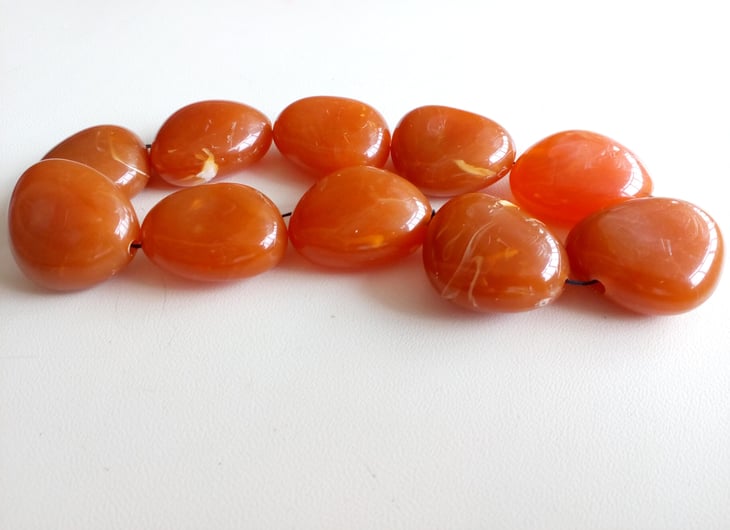
Distinguishing a piece of Bakelite from modern plastic takes practice. Without testing the item (which we’ll talk about later) look for these features:
- Weight: Bakelite is heavier and denser than modern plastic. When two pieces of Bakelite are tapped together, the sound is similar to the clang of pottery.
- Color: Part of Bakelite’s early popularity was the amazing spectrum of colors it offered. Look for butterscotch yellows, cherry reds, grassy greens and bright citrus oranges. There’s also a certain depth and richness to the colors that’s difficult to describe. Once you’ve seen a few pieces up close, you’ll know what I mean.
- Marbling: Bakelite can be a solid color or marbled. Marbled pieces feature distinctive “swirls” of greens mixed with gold, red with orange, or brown with amber. In jewelry, more marbling means higher resale value.
How to test for authenticity
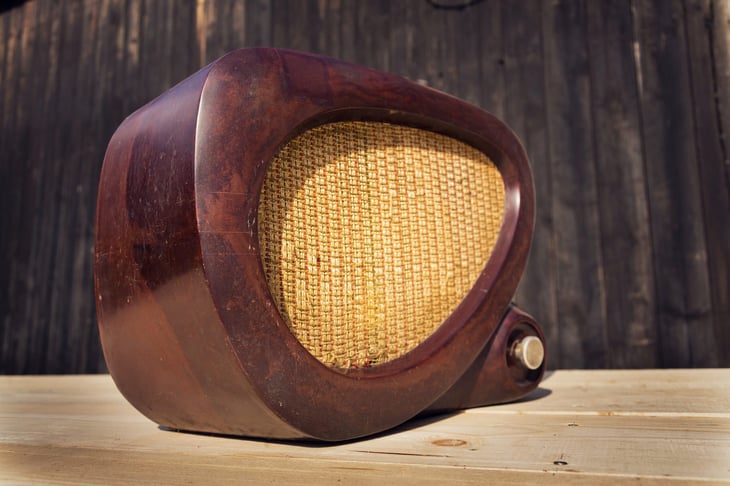
Think you’ve found an authentic piece of Bakelite? The “sniff test” is a quick way to find out before you buy. Using a bracelet as an example, here’s how it works: First, rub a small area of the bracelet with your thumb (rub long enough to create a bit of heat). Next, smell the item. If the rubbed area gives off a distinct chemical odor (think formaldehyde), it’s likely Bakelite.
Still not sure? Try the “409 test” on a small spot at home. It’s a more definitive way to determine if a piece is real Bakelite.
Pro tip: Bakelite is durable, but abrasive cleaning products can dull the finish. To clean an entire Bakelite piece, a soft cloth, warm water and mild dish soap work best.





Add a Comment
Our Policy: We welcome relevant and respectful comments in order to foster healthy and informative discussions. All other comments may be removed. Comments with links are automatically held for moderation.